ROOM: The Space Journal is one of the top magazines on space exploration, technology and industry. At ROOM, we share a common goal – promotion of peaceful space exploration for the benefit of humankind, all while bringing you incisive articles on a plethora of contemporary topics. Our authors include experts and industry leaders from all over the world, which lets us bring you timely and comprehensive information about nasa kepler telescope exoplanet.
 April 2019
Scanning the skies for exoplanets
April 2019
Scanning the skies for exoplanets
... at large. With thousands more worlds left to uncover, NASA has already dispatched a replacement to carry on where Kepler left off. Launched in April 2018, the Transiting Exoplanet Survey Satellite (TESS) is designed to search for planets ...atmosphere should lead to a stronger signal. It might be possible to observe the planet with ground based telescopes while we wait, but this can be very difficult for Neptune-sized planets,” added Armstrong. A ...
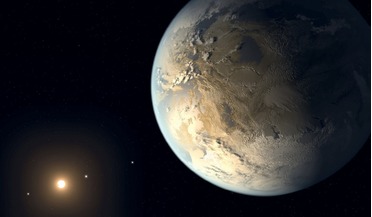 August 2018
Exoplanet census promises radical discoveries
August 2018
Exoplanet census promises radical discoveries
... 51 Pegasi on a four-day orbit to the remarkable discoveries of NASA’s Kepler space telescope, progress has been rapid and surprising. The vast majority of the more than 3,700 known exoplanets are unlike any of the planets in our solar system...
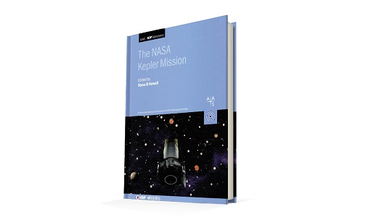 22 June 2021
The NASA Kepler Mission
22 June 2021
The NASA Kepler Mission
While everyone has heard of the Hubble Space Telescope (HST), relatively few will be familiar with NASA’s Kepler mission, let alone the follow-on K2 mission performed by the same satellite. The authors of this ... spacecraft using solar pressure”) is a case in point. Regarding the results, there are significant sections on exoplanets and stellar astrophysics with shorter sections on the solar system and extragalactic studies. Each chapter concludes...
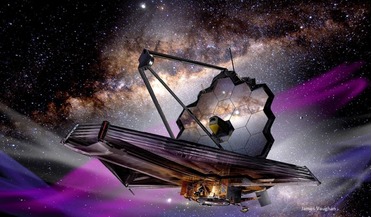 May 2022
Essential guide to the James Webb Space Telescope
May 2022
Essential guide to the James Webb Space Telescope
...the otherwise hidden world of star formation. However, longer infrared wavelengths, like those seen by NASA’s previous infrared telescope Spitzer, allow us to see the light emitted by cool cosmic dust grains, which disproportionately...filters and also some coronographs, used to block out stellar light when studying exoplanets. NIRCam was used to initially focus the telescope, part of the ongoing six-month commissioning phase, which began at the end...
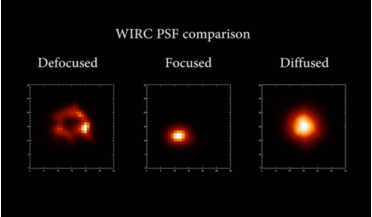 09 October 2017
New telescope attachment helps find exoplanets
09 October 2017
New telescope attachment helps find exoplanets
...been developed that will allow astronomers with ground-based telescopes to observe exoplanets with a similar resolution usually reserved for space-bourne telescopes in orbit. The attachment, which was created ... published paper that describes the diffusers. "This technology is especially relevant considering the impending launch of NASA's Transiting Exoplanet Survey Satellite (TESS) early in 2018. It is up to ground-based facilities to rapidly and...
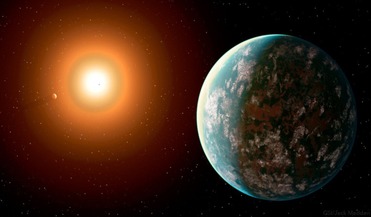 02 August 2019
Newly found exoplanet may be suitable for life
02 August 2019
Newly found exoplanet may be suitable for life
...of technology (MIT) hosted the first TESS Science conference dedicated to the multitude of discoveries NASA’s planet hunting telescope has helped uncover in its first year of operation. One of the most intriguing discoveries .... Without accounting for the additional warming effects of a possible atmosphere, this gives this piping hot exoplanet an equilibrium temperature of around (254 degrees Celsius (490 degrees Fahrenheit). Its companion, GJ 357 ...
 January 2023
Private space stations and NASA’s effort to re-invent itself
January 2023
Private space stations and NASA’s effort to re-invent itself
... lifetime ended up being more than twice its original design-life (32 years rather than 15). However, the NASA of the 2020s is clearly intent on reinventing itself. Today, it is no longer developing ‘technical specifications’ in-... it is producing ‘performance specifications’ from which private space companies develop competitive designs that NASA selects after a detailed review. This article explores the status of planning and implementation for...
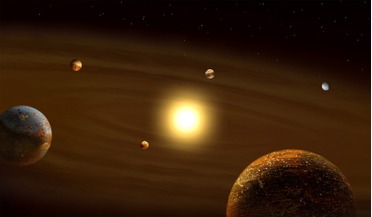 27 July 2019
Hundreds of new planet candidates detected by Kepler
27 July 2019
Hundreds of new planet candidates detected by Kepler
After a year in space scanning the skies in the Southern Hemisphere, NASA’s latest planet hunting telescope TESS (Transiting Exoplanet Survey Satellite) has helped astronomers discover a bumper haul of 21 planets outside our ... is, TESS is not the only one making substantial discoveries. Although now officially retired, NASA’s first formidable exoplanet telescope – Kepler – has gone one better. Make that a few hundred better. By scanning through ...
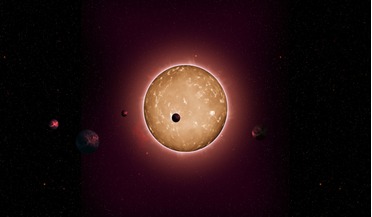 24 November 2021
Astronomers discover more than 350 possible new exoplanets
24 November 2021
Astronomers discover more than 350 possible new exoplanets
Using a new algorithm designed to automatically sift through data collected by NASA’s Kepler mission, scientists at UCLA have identified 366 new exoplanets and 17 new multi-planet systems, including one with two Saturn-sized gas ...giant planets located unusually close to one another. Launched by NASA on 7 March, 2009, the Kepler space telescope has in ...